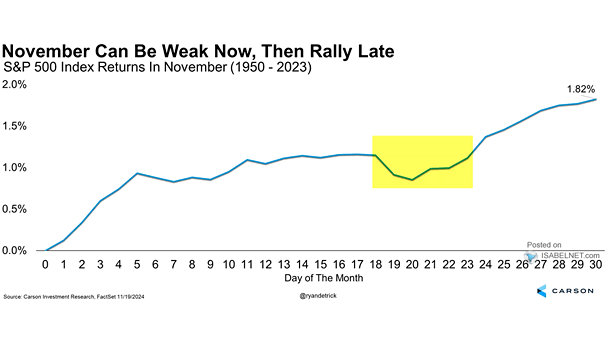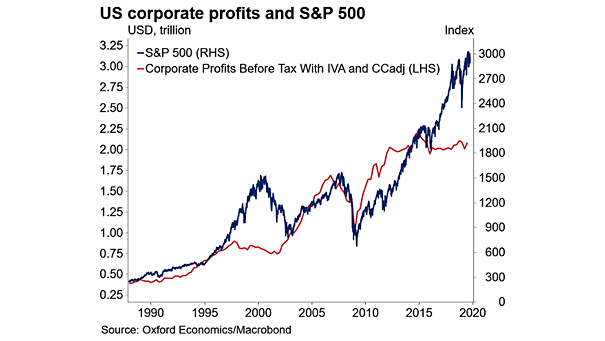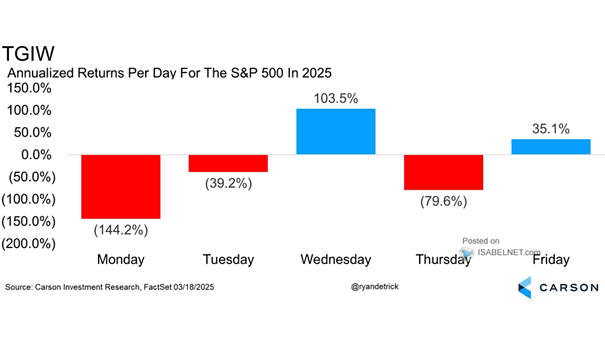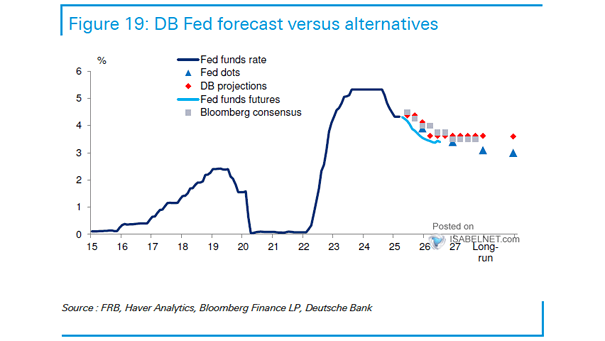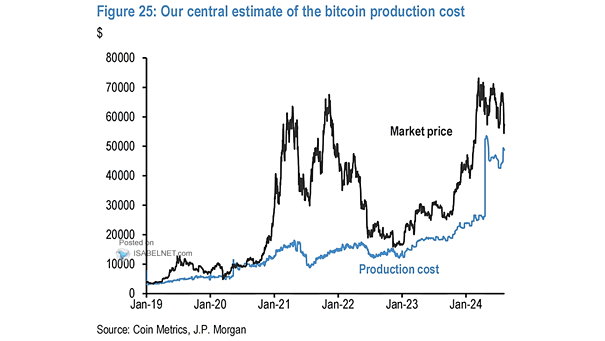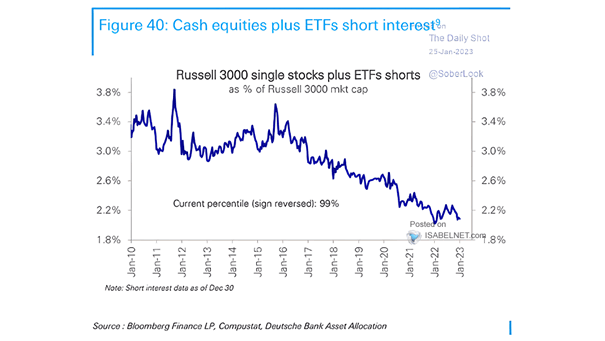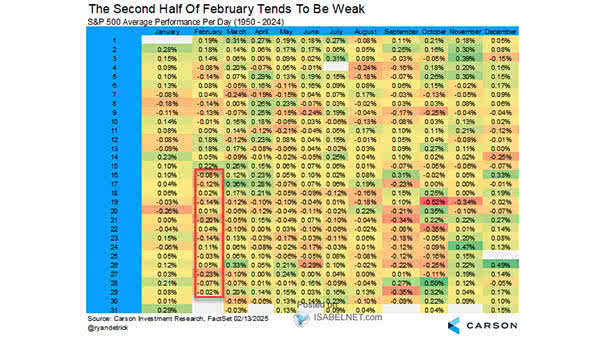S&P 500 – 1997-2001 vs. Mid 2023-2025 Analog
S&P 500 – 1997-2001 vs. Mid 2023-2025 Analog The S&P 500’s mid-2023 to 2025 bull market echoes the late-1990s dot-com meltup in both momentum and mood. For now, the trend remains intact, even as pockets of skepticism linger. Image: Real Investment Advice

